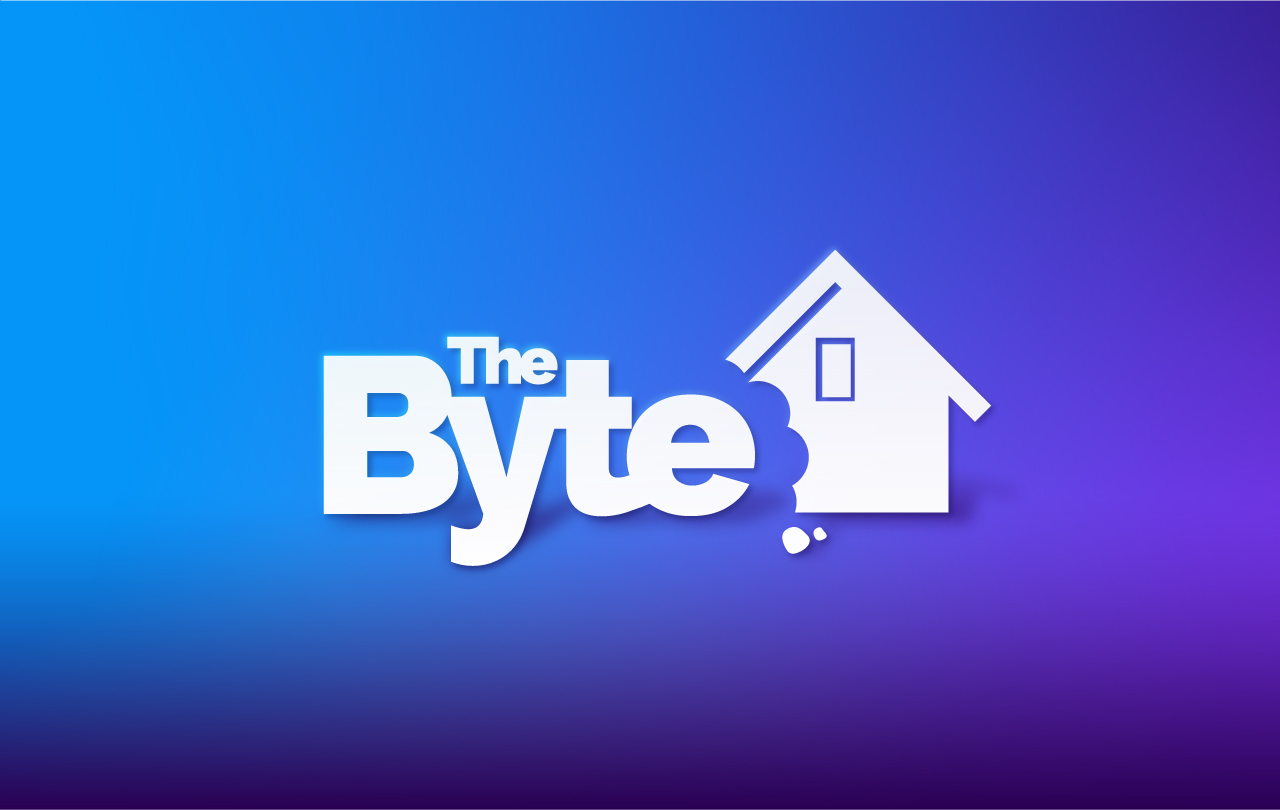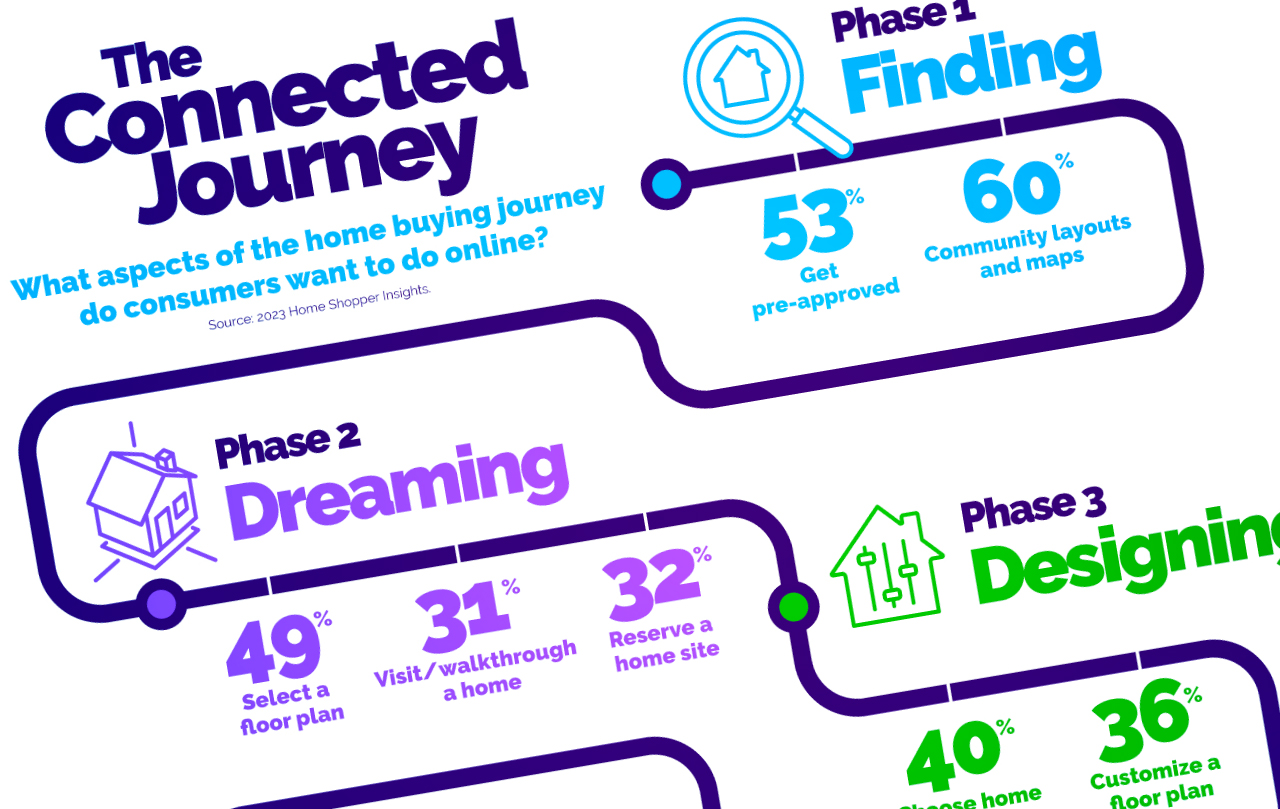
Self-Service Technologies, such as virtual design centers and kiosks, have increased efficiency in the home building industry and have made it possible for builders to give their customers instant access to the information they need. In this post, we’ll explain why self-service technologies can be a crucial tool for builders, how builders can utilize these platforms, and provide real-world examples.
What are Self-Service Technologies and Why Should You Take Notice
Defined by IGI Global, self-service technology “enables individuals to produce a service without direct interaction with service providers.” Self-service technology is vital because it makes the whole process of a sale more efficient for both the supplier and customer. People using self-service drastically change what they do and how they behave (Source: Ryan Buell, Harvard Business School). For builders, kiosks and online design centers are great examples of self-service tools that can help accelerate the home shopper journey. Builders should incorporate self-service into their business because the client can pick and design their house online before even meeting with the builder. For builders, this can also mean increased profits. According to LEK, buyers spend 30% more on options when given access to an online option management tool.
4 Examples Where Self-Service Technologies Played a Vital Role
Self-service technologies are integrated throughout other industries. One industry that has used self-service platforms is the food industry. Fast food chain, McDonald’s, uses self-service kiosks inside their restaurant and have found that 20 percent of their customers who don’t usually order a drink, ordered one when the kiosk offered the drink (Source: Charles Fishman, Fast Company). McDonald’s isn’t the only food chain that uses self-service – Taco Bell’s self-service app orders are 20 percent larger than ones made with the cashier due to the upsell and there’s less pressure applied to the customer when ordering (Source: Venessa Wong, Bloomberg).
According to The Washington Post, Cinemark also uses self-service kiosks, which increased its concessions for 32 consecutive quarters. Chili’s has also participated in using self-service and saw an increase in dessert sales after administering their self-service tablets on each table. After implementing self-service technology into their business, each of these companies has increased their revenue.
Why Builders are Turning to Self-Service Technologies to Increase Sales
While self-service technologies have become increasingly popular in the consumer retail space, the home building industry has started to adopt self-service options to create a better experience for their shoppers.
One self-service tool that has increased efficiency and decreased the number of appointments is Envision – an interactive and dynamic online design center. In fact, 95% of buyers said the virtual design center was likely to influence their decision to buy a house from a builder. Envision also eliminates the need for builders to expand their design center since they can offer their options online with product photos and descriptions already gathered from over 250 product manufacturers. Another option comes in the form of kiosks and digital displays. These tools make it easier to engage home shoppers by giving them an interactive experience that they can access at their convenience, all from within the comfort of a sales center.
Self-service technologies give shoppers the ability to get exactly what they want without the pressure. Consumers use self-service technologies daily and many industries, such as home building, are employing tools like Envision and kiosks to increase efficiency and accelerate sales. To learn more about how BDX can help you with your self-service strategy, contact one of our digital marketing experts.








